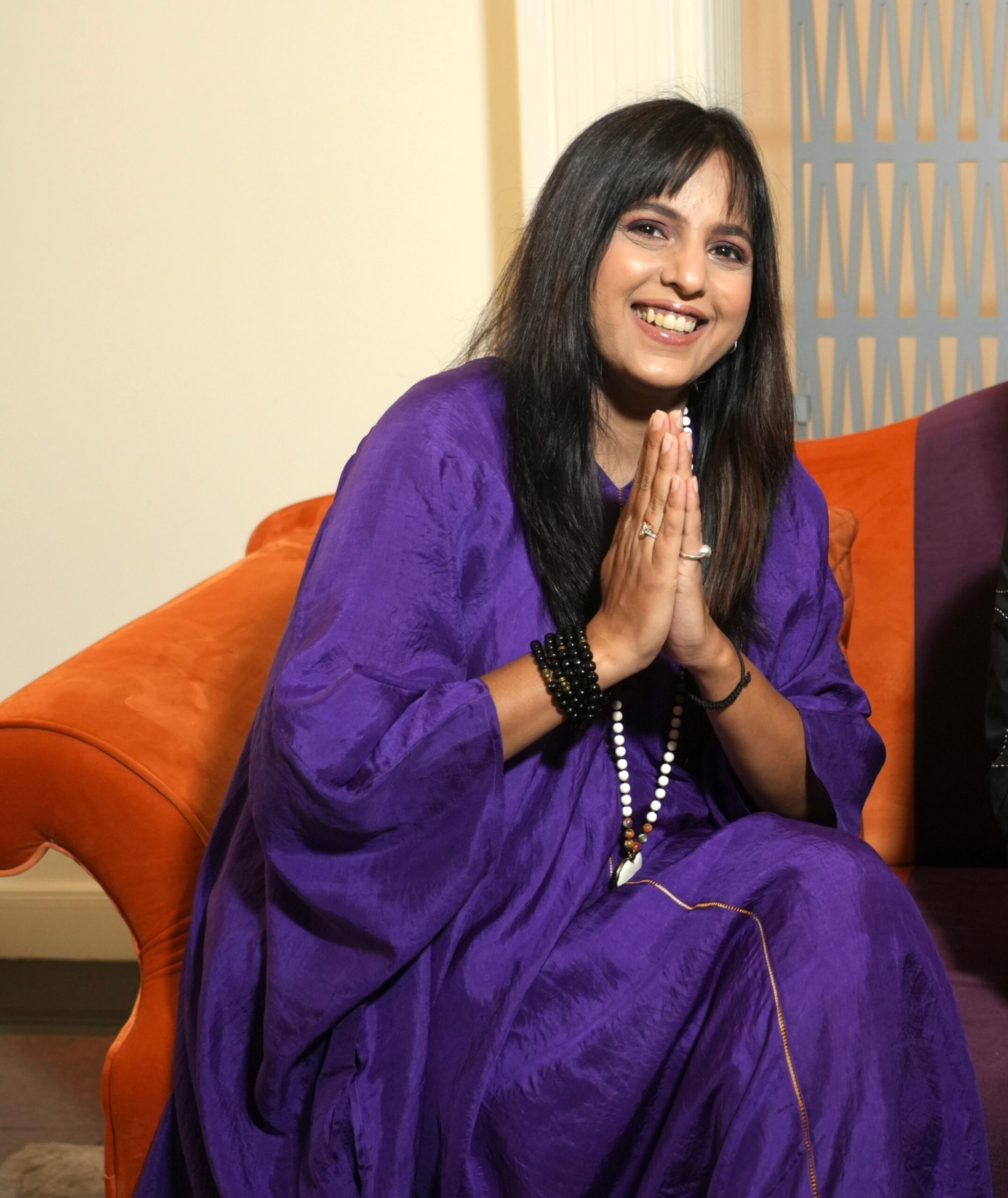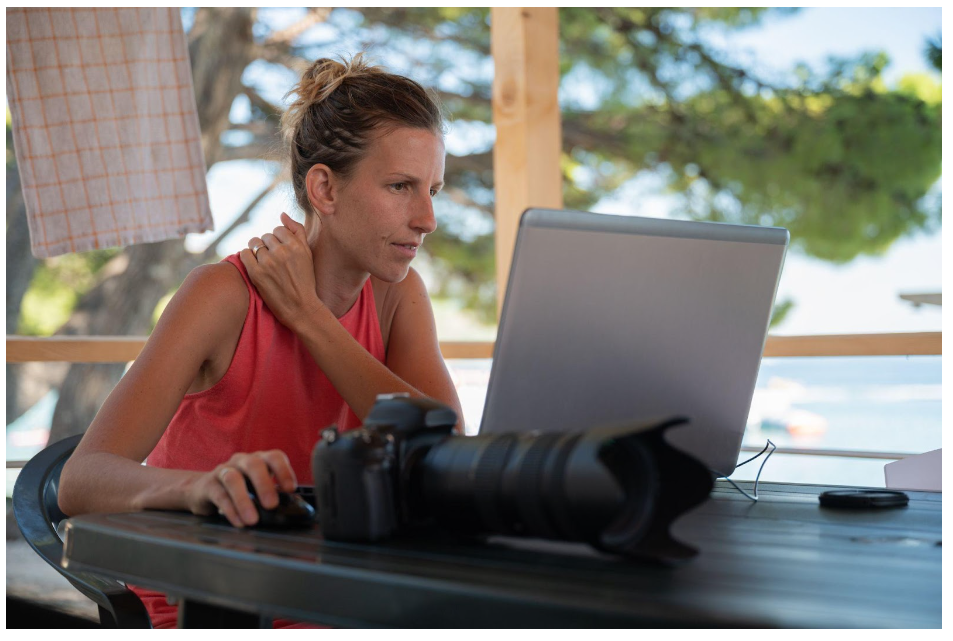Digital photography and editing are vast and fascinating. Understanding the basics is essential whether you’re a pro or an enthusiast. Asaf Guttman explores critical concepts and techniques to capture and edit stunning images.
Photography has come a long way. Advanced camera tech means anyone can be a photographer with a click. But great photos require an understanding of composition, lighting, exposure, and more.
Table of Contents
The Basics of Digital Photography
To grasp the essentials of digital photography, delve into the world of understanding digital cameras, composition, and lighting. Discover the intricacies of camera settings, the importance of design, and the role of lighting in creating impactful digital images.
Understanding Digital Cameras
Digital cameras are a must for photography. To take high-quality pics, you need to know how they work. These devices use a sensor to change light into digital information.
Sensor size is essential. A bigger sensor means more light, making more precise and detailed photos. When choosing a camera, think about the sensor size.
Don’t be fooled by megapixels. People sometimes think more megapixels equal better quality, but only occasionally. High resolution can help in large prints or cropping but less for online sharing or smaller photos.
Lens selection matters. You can get various focal lengths and aperture settings in different lenses. Pros often buy many lenses for different shooting scenarios.
You can make creative changes to the exposure to settings like ISO, shutter speed, and aperture. Mastering these will help you express yourself in different styles and take unique photos.
Practicing and experimenting with the camera’s features will help you become a better photographer. Get to know the menus and explore the capabilities. Try long exposures, panning shots, or macro photography to expand your knowledge.
Types of Digital Cameras
Compact cameras (or point-and-shoot cameras) are popular. They are handy, weigh little, and are easy to use. So, they’re great for beginners and occasional photographers.
Another type of modern camera is the DSLR (Digital Single-Lens Reflex) camera. These have better image quality, control features, and interchangeable lenses. Professionals often prefer them since they can capture great images in any condition.
Mirrorless cameras are even more advanced. They give you the advantages of both a compact camera and a DSLR. Plus, they are small and have lots of lens options. So, they are popular with topics and professionals.
There are also special-purpose cameras, like action cameras. These are solid and waterproof, so you can take them on daring activities and get fantastic shots.
Camera Settings and Modes
Camera settings and modes are essential for that perfect shot. Learning to adjust them right can boost photography essentials. You can control exposure, focus, and image quality with the correct settings and modes.
The aperture is one of the most critical settings. By adjusting it, you can alter the depth of field in images. A wider gap (smaller f-number) gives a blurred background and vital subject. At the same time, a narrower gap (larger f-number) makes everything look sharper.
ISO sensitivity is also essential. It determines the light sensitivity of the camera’s image sensor. A higher ISO lets you take pictures in low light without affecting shutter speed or image quality. But remember, higher ISO can lead to digital noise.
The automatic mode (A or Auto) handles all the settings. It is ideal for beginners or if you want to capture a moment quickly.
Semi-automatic modes like aperture priority (AV) and shutter priority (TV) offer more creative control. Aperture priority mode lets you choose the desired aperture, while shutter priority mode helps you select the shutter speed.
Manual mode (M) gives you complete control over all settings. It requires practice and a knowledge triangle but offers maximum flexibility and creativity.
Composition and Lighting in Photography
When it comes to photography, design and lighting are essential. They are necessary to create impressive and impactful images. Arranging elements in the frame and using light correctly can make or break a photo.
The rule of thirds involves splitting the picture into nine equal parts. A balanced composition is achieved by placing points of interest on the lines or at their intersections.
Leading lines are helpful, too. These lines (like roads or rivers) can take the viewer’s eyes to the main subject.
Lighting must also be considered. Light direction, quality, and intensity affect how a topic appears in a photo. Soft diffused light adds depth and texture. Harsh, direct sunlight creates solid contrasts and bold shadows.
Golden hour (before sunrise or after sunset) has warm, soft light, while blue hour (shortly before sunrise or after sunset) provides a blue hue.
Rule of Thirds
The rule of thirds is an essential concept in modern photography. It divides the frame into nine equal parts with horizontal and vertical lines. Putting the main subject on these lines or their intersections adds balance and interest to photos.
Using Natural and Artificial Light
Lighting is critical in digital photography. Natural and artificial sources can capture stunning images highlighting the subject’s colors, details, and textures.
Natural light, like sunlight or moonlight, provides a soft and diffused look. It creates dimension and depth with subtle shadows and highlights. Artificial sources, like studio lights or flashguns, give more control over the environment. You can manipulate shadows and highlights with proper angling to bring out specific features.
The Basics of Photo Editing
Photo Editing Software
Photo correction software has revolutionized how we perceive and create visual art. It’s become a must-have for both professional photographers and casual enthusiasts. Its powerful features allow users to enhance, retouch, and transform photos like never before.
This software provides a multitude of tools to manipulate images. Users have endless possibilities, from basic adjustments such as cropping and exposure correction to advanced Techniques like color grading and compositing. It’s so easy to use that even beginners can turn an ordinary photo into a masterpiece.
Organizing photos is easy, too. Users can group them into collections or albums, tag them, and create slideshows or photo books. It helps keep their digital library organized and makes it easier to share their work.
Popular Photo Editing Software
Popular photo editing software can enhance your images. So many options exist it can take a lot of work to choose the right one. Explore some popular software to help take your photography to the next level!
Adobe Photoshop is well-known and widely used. It has tools and features for both beginners and professionals. From basic adjustments to advanced retouching techniques, Photoshop has it all. It’s user-friendly and has lots of capabilities. Photographers around the world choose it.
Lightroom by Adobe focuses on organizing and managing photos. You can apply changes to multiple images for ease. Plus, along with non-destructive correction, you don’t have to worry about losing the originals.
GIMP is free and open-source. It offers features like layers, filters, and customizable brushes. Even if the interface could be more polished than paid software, it provides solid tools.
Capture One Pro is professional-grade. It’s great for color grading and raw processing. Plus, you can control your camera directly from the software.
Basic Editing Techniques
Photo editing is necessary for anyone wanting to bring life to their visuals. You can take your photos to the next level with basic editing techniques like adjusting brightness and contrast, cropping and straightening, color correction, sharpening, and removing blemishes. To be more creative, you can also experiment with filters, textures, and text overlays. Advanced techniques such as layers and selective adjustments allow you to control the atmosphere of your images.
Cropping and Resizing
Cropping and resizing are vital techniques in photo editing. They let you remove elements you don’t want, plus change size without reducing quality or composition.
When resizing, keep the proportions correct. Avoid stretching or distorting the image, as it can cause pixelation and loss of quality. Use software that lets you input dimensions or use predefined ratios.
Adjusting Exposure, Contrast, and Colors
Exposure, contrast, and colors are essential for photo editing. Tweaking these features can enhance the look and feel of an image. Photographers can make amazing pics that draw people’s attention by tinkering with the exposure, contrast, and colors.
To make your pictures stand out, use the basics of photo editing. Express yourself and let your vision of the world shine through. Get editing, and show it to the world!












